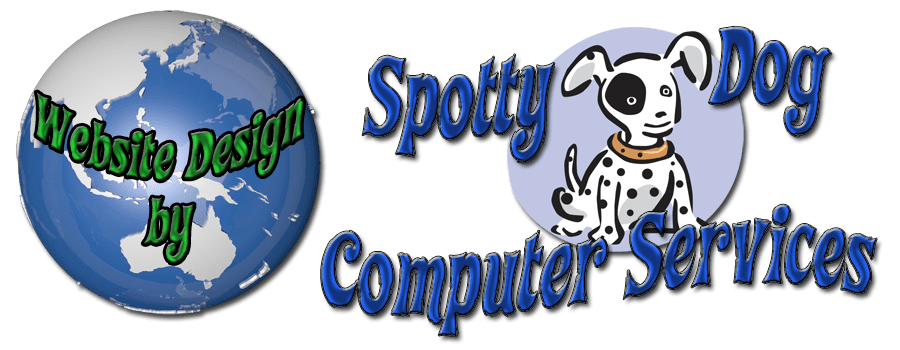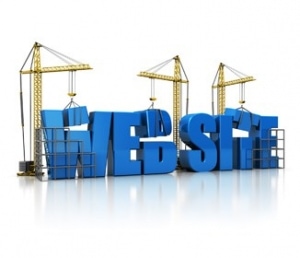Top 5 WordPress Plug-in’s for your Business Website
There are almost an infinite number of Plug-in’s available for a WordPress based website.
However, there are some that I believe are a must have regardless of what type of Website or Blog you have.
The following Plug-in’s are the top five that I believe are essential and you should have installed:
- iThemes Security (formerly Better WP Security) – As mentioned previously in my WordPress Security Blog Post, this plug-in can do many things, but not limited to:
- Change the urls (web address) for the WordPress dashboard including login, admin, and more.
- Rename the “admin” account. For example you could rename it admin2013.
- Change the WordPress database table prefix. The default is wp_. The plug-in will change it to a random set of letters.
- Change wp-content path. You could change this to anything, for example site-content.
- Ban bots and other hosts.
- Prevent brute force attacks by banning hosts and users with too many invalid login attempts.
- Enforce strong passwords for all accounts from Subscriber’s to Admin’s.
- Detect and block numerous attacks to your filesystem and database.
- BackupBuddy – This plug-in has saved my bacon on more than one occasion. Imagine you have spent 100’s of hours and dollars developing your website, and the unthinkable happens. Your website is hacked and your website is compromised, or even worse, the Web Hosts’ Server is hacked and everything is lost. Now wouldn’t it be nice to be able to restore your website from a backup almost immediately? Well that is just one of the things you can do with BackupBuddy. BackupBuddy is a “Paid For” plug-in, but it’s worth every cent. With BackupBuddy, you can:
- Back up your entire WordPress installation. Your Widgets, Themes, Plug-in’s, Files, Images, PDF’s and SQL database – the entire website! Just like you would backup your laptop or desktop computer, you should be doing regular backups of your website. With BackupBuddy you can schedule backups and have them sent off-site to Dropbox, Amazon S3, Rackspace Cloud, an FTP server, or your email. Or you can download them straight to your computer.
- Restore your WordPress site fast. The restore function in BackupBuddy is very simple. Upload a file called importbuddy.php and your backup file, and it restores WordPress including your Themes, Widgets, Plug in’s, and everything else. You don’t even need to re-install WordPress first!
- Individual File Restoration – Did you make a whole lot of changes to your theme and then decide that you wanted everything back like it was? Now you can identify files to restore individually, instead of having to go through a complete site restore! Easily browse your backup .zip file contents right from the dashboard and decide which files to restore.
- Move your WordPress site to another Web Host easily. Not happy with your current Web Host? No problem. Simply make a backup of your website, sign up to a new Web Host, upload the backup file and importbuddy.php script and run it.
- WordPress SEO – WordPress SEO would have to be the most complete WordPress SEO plugin around. It does everything including a Google Snippet Preview and Page Analysis that helps you optimise your page content, image titles, meta descriptions and more, as well as creating XML sitemaps, and a heap of optimisation options in between.
- Broken Link Checker – Over time, a website will accumulate quite a number of links within pages, both internal links and external links. These links will occasionally break when the website they point to cease to exist for any number of reasons. You would only know if this was the case if you happened to check the links periodically, or you are notified by a vigilant visitor to your website. Broken Link Checker will notify you via the WordPress Dashboard and via Email if it detects any broken links.
- Imagify – One of the biggest mistakes I see when people manage their own websites (and sometimes by so called professionals), is the use of images that haven’t been optimised for web use. Imagify takes the hard work out of optimising images by doing it as you upload them. Of course you should still resize images to an appropriate pixel count first, but with this plug-in, images will be optimised on the fly. If you already have images on your website, there is also a bulk optimisation feature. The free version of the plug-in offers 25MB of data per month at no cost. After that, a fee is applicable, or you can wait until the next months anniversary and pick up a further 25MB Free.



 And last but not least, we of course Design Websites. But not just any old website.
And last but not least, we of course Design Websites. But not just any old website.